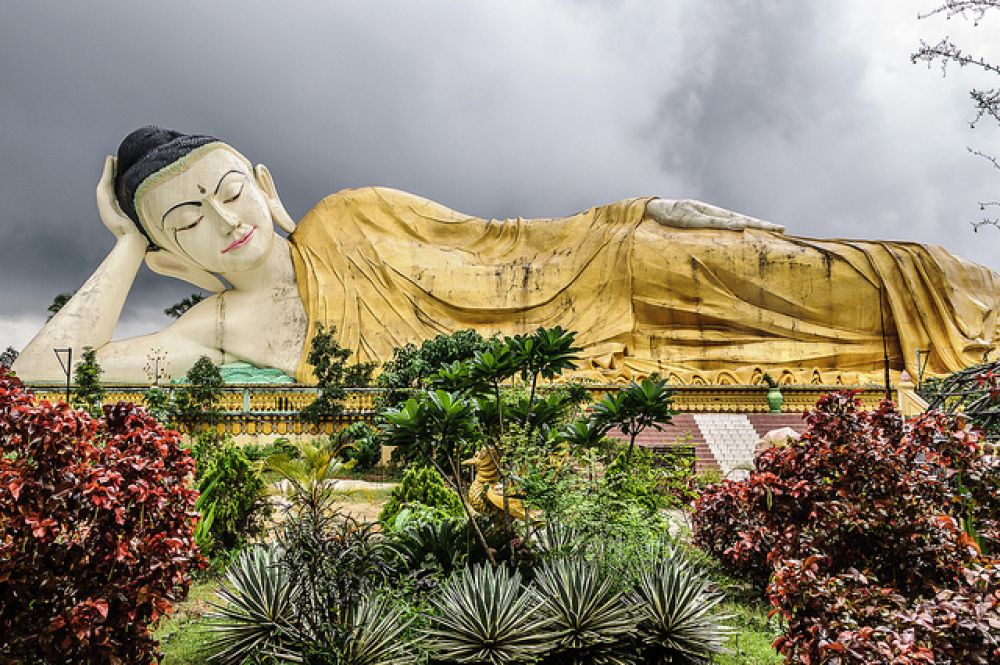

Bago, formerly known as Pegu, is an ancient city with a rich history steeped in Mon culture and heritage. It was once the capital of the Mon Kingdom of Hanthawaddy during the 14th to 16th centuries and a significant port city.
The history of tourism in Bago intertwines with Myanmar's overall tourism narrative. The tourism industry in Myanmar started developing in the 20th century, but the sector did not flourish due to political instability and isolationist policies by the ruling military government.
In the past few decades, with gradual political reforms and the open-door policy instituted in the 1990s, tourism in Bago began to grow. The city became more accessible to outsiders, and visitors from around the world started discovering its historical treasures and cultural spectacles.
Bago's proximity to Yangon, Myanmar's largest city, made it a convenient day trip for tourists. With its impressive pagodas and historical sites, including the famed Shwemawdaw Pagoda, the city started to draw international attention. The Shwethalyaung Buddha, a reclining Buddha that is among the largest in the world, and the rebuilt Kanbawzathadi Palace of King Bayinnaung are highlights of a visit to Bago.
The influx of tourism has encouraged the local government and communities to preserve Bago's historical landmarks and promote Mon culture, leading to sustainable tourism practices in the area.
In recent years, Bago has seen new trends in tourism as Myanmar's overall tourist industry has shifted to a more diversified and sustainable model. Community-based tourism initiatives are becoming more common, allowing visitors to have more authentic experiences and connect with local communities.
There has also been a rise in eco-tourism activities, with tourists seeking out natural attractions such as the Bago Yoma mountain range. The government and private sector have been working together to establish eco-friendly lodging and promote conservation efforts within the region.
With the global emphasis on responsible travel, Bago has benefited from the installation of facilities that minimize the environmental impact of tourism. This includes better waste management systems and the promotion of local handicrafts that support the economy without depleting resources.
Additionally, the use of digital platforms and social media has been instrumental in driving interest in Bago. Travel bloggers and influencers are increasingly highlighting the area's attractions, contributing to a surge in digital-savvy travelers wanting immersive and off-the-beaten-path experiences.
As Myanmar continues to open up to the world, Bago's place in the country's tourism landscape is becoming more prominent, offering a unique blend of history, culture, and nature that appeals to a wide array of visitors.